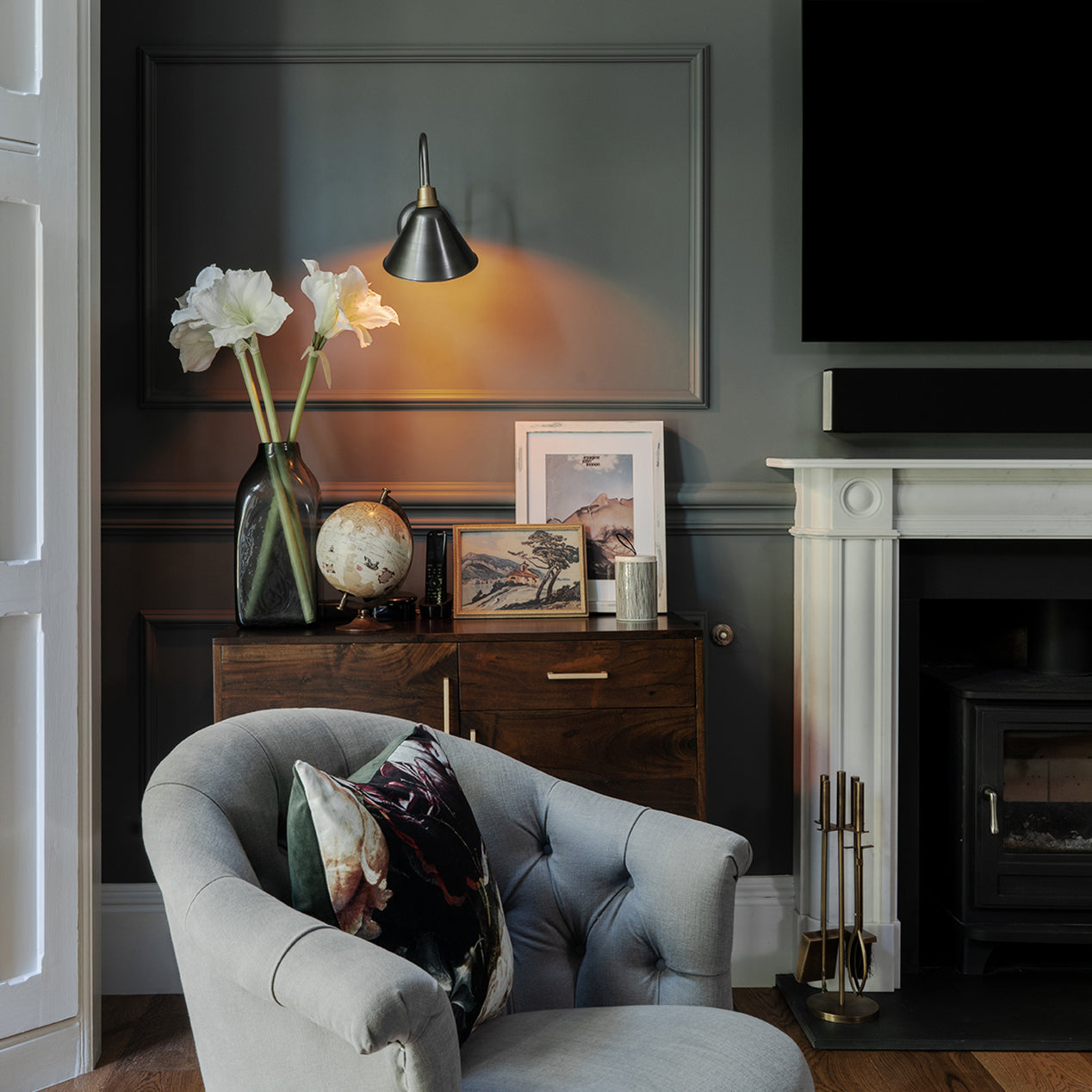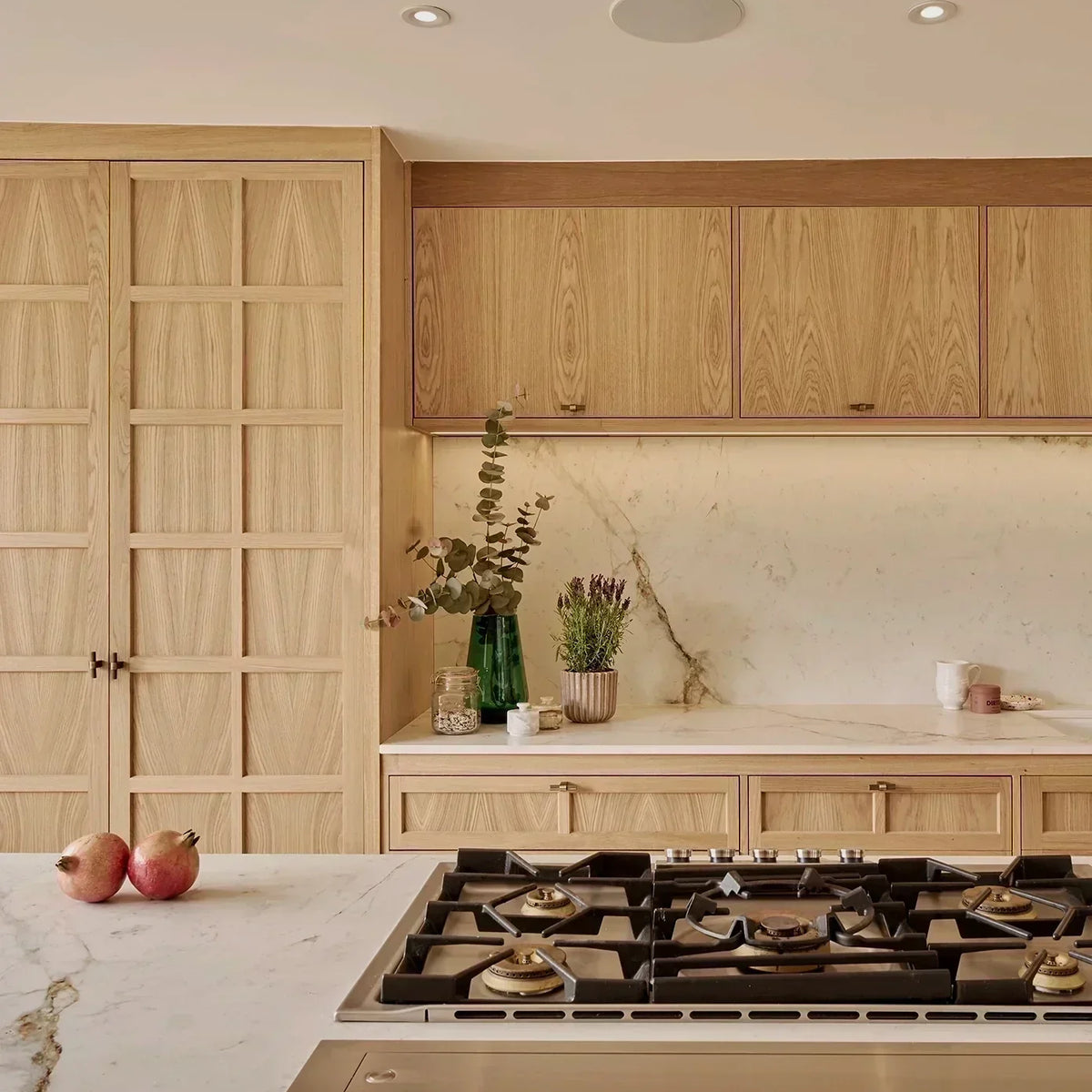THROUGH THE FAWN LENS
A Complete Guide to Sustainable Interior Design

Interior design has evolved significantly in recent years, moving beyond aesthetics and functionality to embrace sustainability as a core principle. This shift reflects growing environmental awareness among homeowners, architects, and designers, particularly in regions with rich architectural heritage and variable climate patterns. From Victorian terraces to modern flats, sustainable practices are being thoughtfully adapted to suit local architectural characteristics and weather conditions.
Core Principles for Heritage and Modern Spaces
DESIGN FOR CLIMATE AND ARCHITECTURE
Our distinct seasonal patterns and architectural heritage present unique challenges and opportunities for sustainable interior design. Varying daylight hours throughout the year necessitate careful consideration of natural light utilisation. Traditional homes, from Georgian townhouses to post-war semis, require specific approaches to insulation and ventilation. The frequent rainfall and humidity levels must be considered when selecting materials and planning ventilation systems.
MATERIAL SELECTION AND SOURCING
Local sourcing and traditional craftsmanship play vital roles in sustainable design. Timber from certified domestic forests provides excellent options for flooring and furniture. Regional stone, including slate and sandstone, offers durable, low-impact choices for surfaces. The extensive network of architectural salvage yards provides excellent sources for reclaimed materials, particularly valuable in period property renovations.
ENERGY EFFICIENT STANDARDS
Given current energy costs and climate considerations, efficiency remains paramount. Current building regulations set specific requirements for energy performance. Contemporary sustainable design often incorporates smart heating systems compatible with local power infrastructure, such as zone-controlled heating and optimised heating systems. Double or triple glazing is integrated thoughtfully, particularly in conservation areas where planning restrictions may apply.
STANDARDS AND CERTIFICATIONS
Sustainable interior design adheres to established standards and certifications. BREEAM guides many design decisions, while relevant standards from the BSI inform material selection and implementation. Designers must also navigate regulations regarding listed buildings and conservation areas, ensuring improvements respect architectural heritage.
Implementation Across Different Properties
PERIOD PROPERTIES
Sustainable design in older properties requires particular sensitivity to historical features while improving environmental performance. Heritage homes benefit from draught-proofing traditional windows, adding secondary glazing where double glazing isn't permitted, and improving insulation without compromising original features. Original fireplaces can be retained and modified with energy-efficient inserts, maintaining period charm while reducing energy consumption.
CONTEMPORARY DEVELOPMENTS
Modern homes and apartments present different opportunities for sustainable design. Open-plan layouts can be designed to maximise natural light and air circulation. Contemporary kitchens increasingly feature energy-efficient appliances that meet current power specifications and water-saving devices that align with local water regulations.
SPACE-EFFICIENT SOLUTIONS
Given the typically modest size of urban homes, space-efficient solutions prove crucial. Multifunctional furniture and clever storage solutions help maximise limited space while minimising resource consumption. Compact appliances maintain efficiency without compromising functionality in smaller kitchens.
Market Considerations
ECONOMIC IMPLICATIONS
The market offers various price points for sustainable materials and products. While initial costs may be higher, long-term savings on energy bills often justify the investment. Government schemes and incentives can help offset costs for certain improvements, making sustainable choices more accessible to homeowners.
SUPPLY CHAIN AND SOURCING
A growing network of suppliers specialises in sustainable materials and products. From reclaimed timber yards in rural areas to eco-friendly fabric manufacturers in traditional textile regions, local sourcing options continue to expand. Many manufacturers now offer furniture and fixtures made from recycled or sustainable materials, often incorporating traditional craftsmanship methods.
Future Directions
MANUFACTURING INNOVATIONS
Manufacturers continue developing innovative sustainable materials and products. From recycled glass worktops to mycelium-based insulation developed in local laboratories, new options emerge regularly. Strong traditions of design innovation drive the development of smart home technologies optimised for regional energy systems and housing stock.
CLIMATE ADAPTATION
As weather patterns shift, sustainable interior design adapts accordingly. Solutions for improved natural cooling, water conservation, and flood resilience gain importance. Design strategies evolve to handle more frequent extreme weather events while maintaining comfort and efficiency.
Sustainable interior design represents a unique blend of traditional craftsmanship, modern innovation, and environmental consciousness. By understanding and applying these principles within specific contexts of local homes, climate, and regulations, designers create spaces that are both environmentally responsible and beautifully suited to contemporary life. The future looks promising, with continuing innovations in materials, technology, and approaches that respect both architectural heritage and environmental responsibilities.



